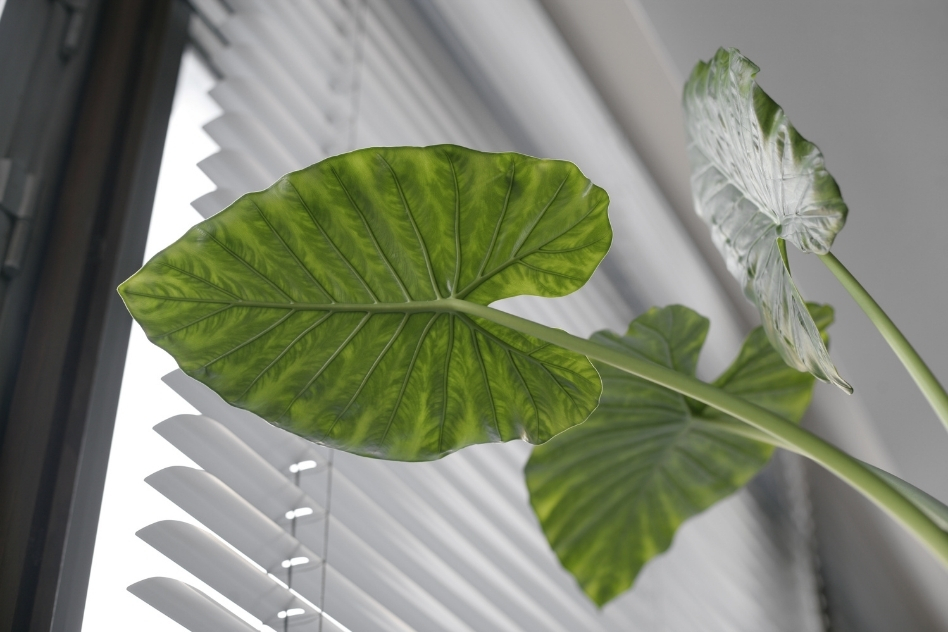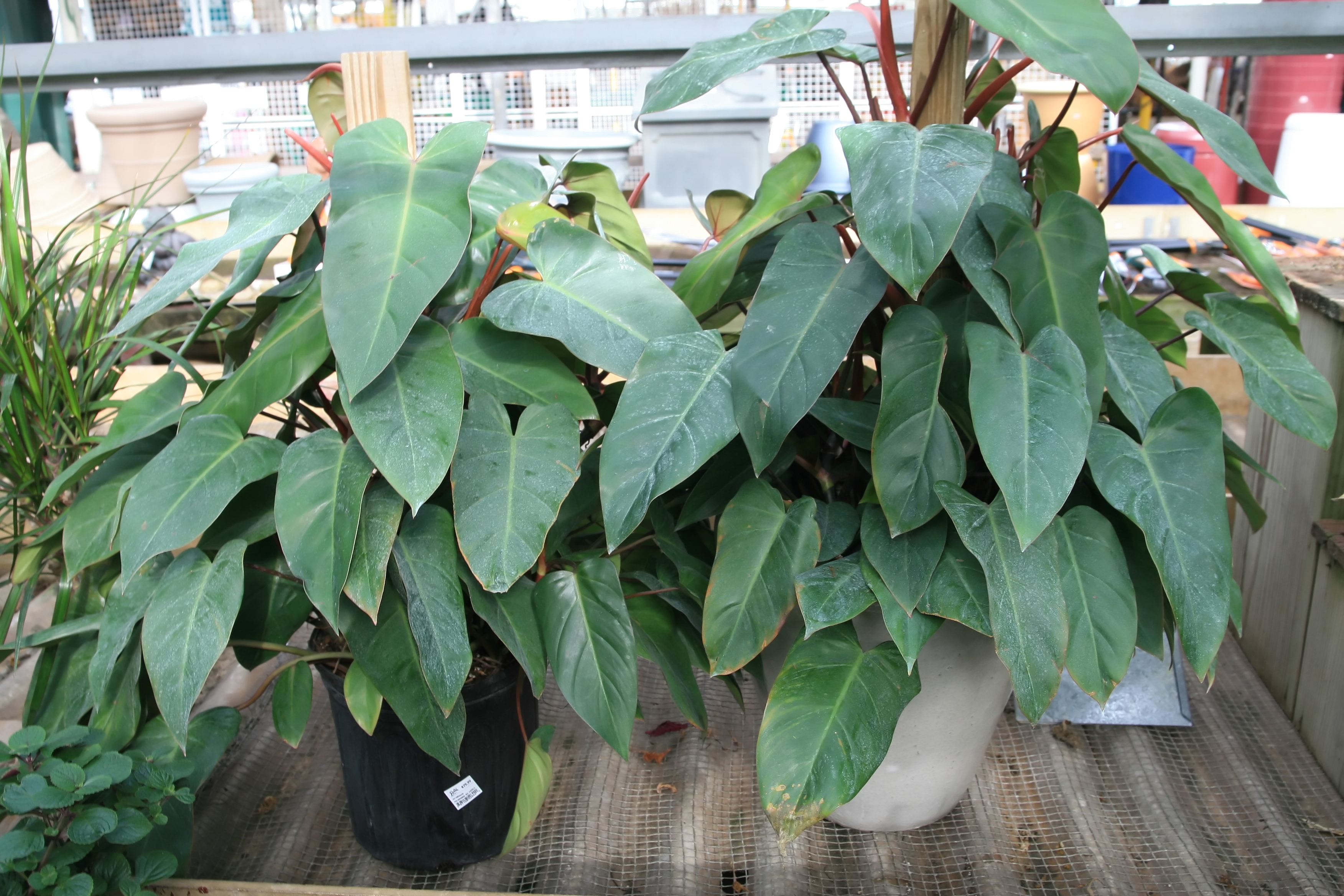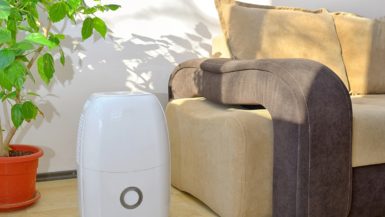The Red Emerald Plant is an amazing choice for those who are looking for a houseplant that is easy to care for.
This flowering plant is decorated with heart-shaped leaves and its flowers bloom red. However, houseplants normally don’t bloom indoors so you might never see those red flowers.
This blog post is going to serve as a Philodendron Erubescens Red Emerald plant care guide that will walk you through the best methods of caring for this plant.
Red Emerald Philodendron Basic Care Tips
- If you notice the leaves turning brown, then you need to start searching for the issue. It could be too much sunlight, overwatering, or burning from over-fertilization.
- Keep your plant clean and properly groomed.
- Place it in an area with plenty of indirect sunlight.
- Mist the leaves with water every day or keep it in a group with other plants so that their environment is humid enough to thrive.
- Only water enough to dampen the soil. Overwatering is a common issue with the Red Emerald.
Philodendron Erubescens Watering Guide
As with most houseplants, the biggest mistake that people make is overwatering. They water based on a set schedule rather than watering based on the plant’s needs, so they end up oversaturating the soil and causing root health problems.
In most cases, it’s actually better to underwater than to overwater this plant. That’s not to say that you can afford to miss a lot of watering sessions. Overwatering the red emerald plant is just as damaging as under-watering.
It’s important that you don’t let the soil completely dry out between watering sessions. You should use a finger to check the soil every day.
If it’s just damp, then water the soil until it begins draining. Make sure that once the water stops draining, you empty the tray.
Overwatering will cause the leaves to start turning yellowish and can lead to other problems like root rot or fungus infections.

Soil and Potting Guide
Moist soil is the best environment for the Philodendron Red Emerald but as I said in the previous section, just make sure the soil is not oversaturated. The plant should be grown in a pot that’s capable of draining well.
You can mix your own soil if you want or you can use a pre-mixed potting soil. Just find one that’s specifically mixed for aroid plants. If the soil is too heavy, it will oversaturate the roots and lead to problems so getting this right is essential to the health of your plant.
Another important addition is to include a pole so that the plant has a place to climb. There are several options here but the most common is to add a moss pole. The point is to give the plant’s vines a place to climb.
Light Guide for the Philodendron Red Emerald
Indirect sunlight is what allows the Philodendron Red Emerald to thrive so if you place it near a window, then it must be draped or be partially shaded.
It’s essential that you avoid placing this plant in direct sunlight. If you provide too much sunlight to the Philodendron Red Emerald, the soil will dry too quickly and the leaves will be damaged.
However, in lower light levels, the leaves will not grow as large but they will also be more vibrant.
With that said, the bottom line is to place the Philodendron Red Emerald in a well-lit room where it’s not getting direct sunlight.
If lots of the leaves start turning yellow, then it’s getting too much direct sunlight so you might need to move it.
Red Emerald Philodendron Proper Fertilization Tips
Feeding this plant is important to its growth but fortunately, you can get by with a small application of a compost of some kind.
For example, worm compost is a good fertilizer to use. You should also use some kind of food with your watering sessions during the spring and summer months.
Do not feed this plant during the late fall or winter months. It needs time to rest. It’s also important that you do not over-fertilize it because it can actually burn the roots. This damage will create brown spots on the leaves and hinders the growth of the plant.
Propagation Facts
You can use the Red Emerald Philodendron to create new plants and it’s actually quite easy.
All you have to do is cut an area of the plant that contains at least two nodes and put that in the water for a few weeks.
You’ll see roots start to form. When that happens, simply move it over to a pot.
Just make sure you don’t overwater this new cutting because you can kill it. Keep the soil moist but not oversaturated.
Red Emerald Philodendron Pruning Guide
This plant does require pruning, but it’s not as often as other houseplants. They only need to be pruned when they get too long and leggy for their own good.
During the spring or fall is usually when you’ll find yourself shaping them up. I also recommend that you remove any yellowish leaves throughout the year.
Don’t forget to sterilize the scissors before pruning!
Red Emerald Philodendron Humidity Requirement
Since this plant is bred in a way that makes them more resilient to indoor growth, they are able to tolerate dry air, but that doesn’t mean they thrive in it.
Red Emerald Plant still wants humidity and will rebel against dry air by showing brown spots on their leaves. These spots are usually on the very tips of leaves.
Therefore, you should use a spray bottle to mist the leaves and place the Red Emerald Philodendron alongside of other plants. Either way, make sure you’re giving it the humidity that it thrives with.

Red Emerald Philodendron Pet Safety
Red Emerald Philodendron is toxic to pets so it’s important to make sure you keep this in mind. So in all honesty, you probably shouldn’t get this plant if you have pets.
Even if you keep it in a separate room, there’s always a possibility of your rebellious pet sneaking in.
With that said, if you do choose to get this plant and have a pet, then it’s important to take all of the right steps to protect them.
- Train pets to stay away from houseplants.
- Spray the plant with Cayenne pepper so that pets are swayed from messing with it. Just be sure to not use too much because it can irritate the plant.
- Use another non-toxic plant as a decoy. Place it in an easier to reach location so your pet will mess with it instead.
Pest Control Tips
If you notice any signs of infestations, take the plant to the sink and spray them off. Do this immediately since pests can spread quickly.
Remember that pests can travel from plant to plant, so an infestation can get out of control really quickly.
The Red Emerald is an amazing addition to your home and will add a ton of aesthetic beauty. Not to mention that it can also freshen up the air.
It’s important to follow this Philodendron Erubescens Red Emerald plant care guide so that you avoid potential issues.
Overwatering, lighting, and pet safety are among the top concerns.






Leave a reply